Our Australia to New Zealand Cruise
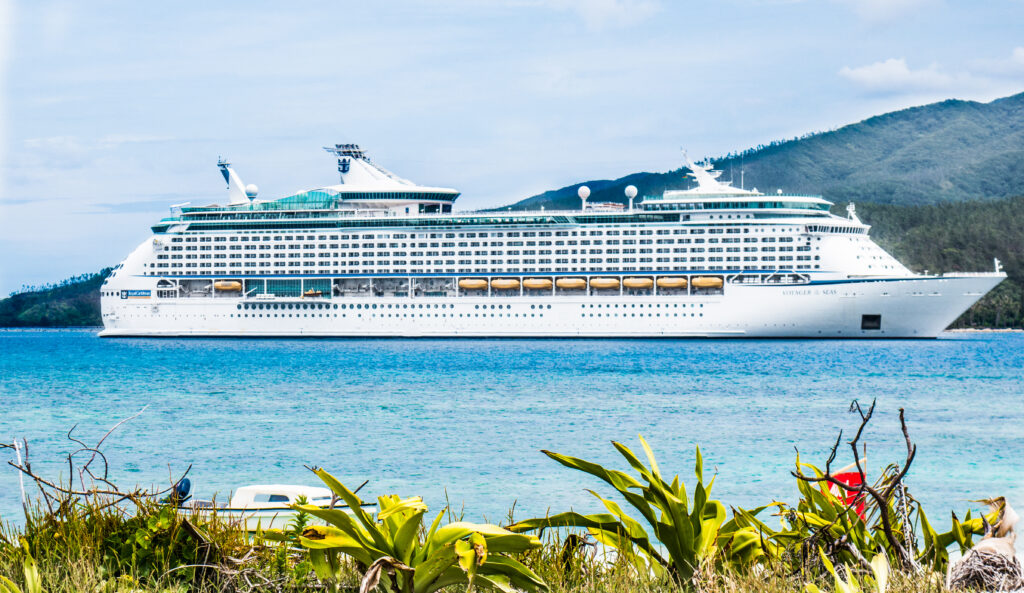
Voyager of the Seas
We boarded the Voyager of Seas, a Royal Caribbean Cruise Ship, on December 5th, 2015 in Sydney, Australia. Our stops were Mystery Island, Vanuatu; Isle of Pines, New Caledonia; Noumea, New Caledonia; Bay of Islands, New Zealand; Auckland, New Zealand and back to Sydney, Australia.
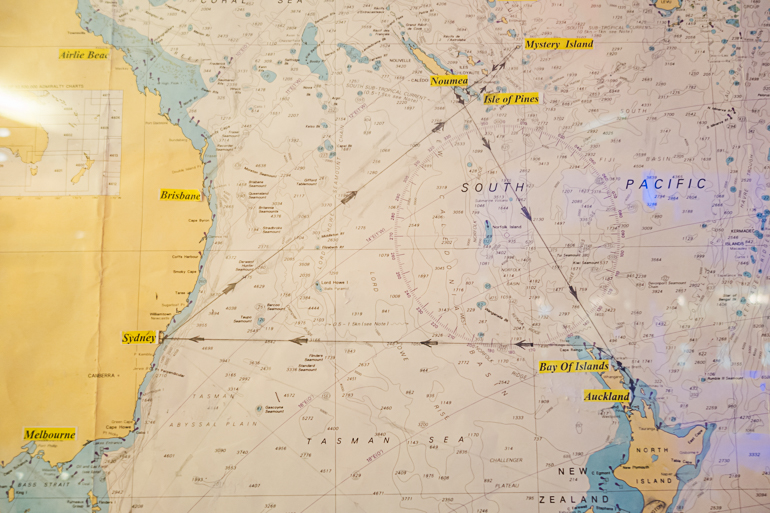
On the ship, we enjoyed many shows and events. We spent many hours playing scrabble on our cabin balcony. We attended most of the evening shows, including the comedy shows. We attended some Trivia events.
Our granddaughter, Mia, gave her Papa a couple of her “kids” to take with him when he left for the Philippines. He kept the “kids” by his bed. While on our cruise, we took them with us on many of the stops, so we could show Mia when we got home.
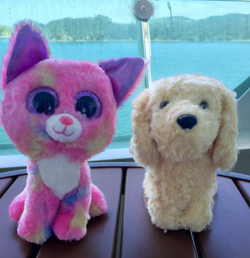
Mystery Island, Vanuatu
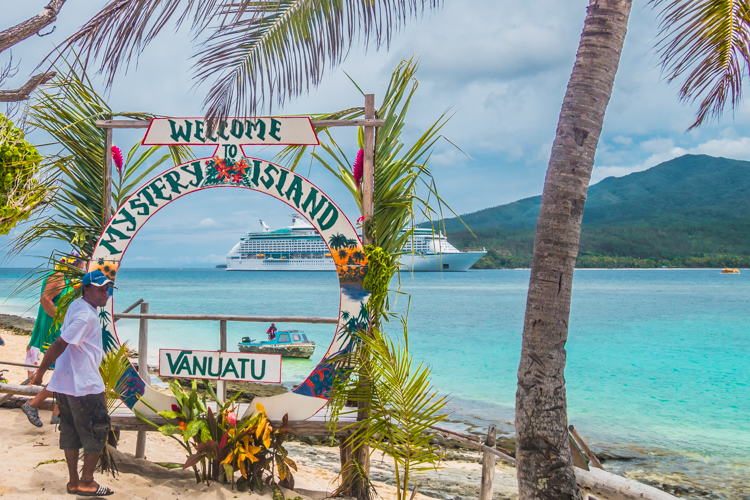
On December 9th, our first port stop was at Inyeug Island, the official name for this South Pacific Island. It is the southernmost point of Vanuatu archipelago and completely uninhabited. Rumor has it that only spirits live here, although that’s not why they call it Mystery Island. Back in the 1980’s a cruise liner began bringing guests ashore, introducing the first tourists to its immaculate stretch of white-sand beach. Yet it was always a mystery as to whether or not the lifeboats could cut through the surf and reach the shore. As more lines, with sturdier lifeboats, started adding the island to their itinerary, the name “Mystery Island” stuck.
We had to take tenders from the ship to the island. The beaches are beautiful. Native from other islands come over to sell their wares. The temperature was about 82 degrees and quite humid. Although they accepted US or Australian Dollars, you didn’t know what currency you’d get your change. We learned early on to take small bills.
Isle of Pines, New Caledonia
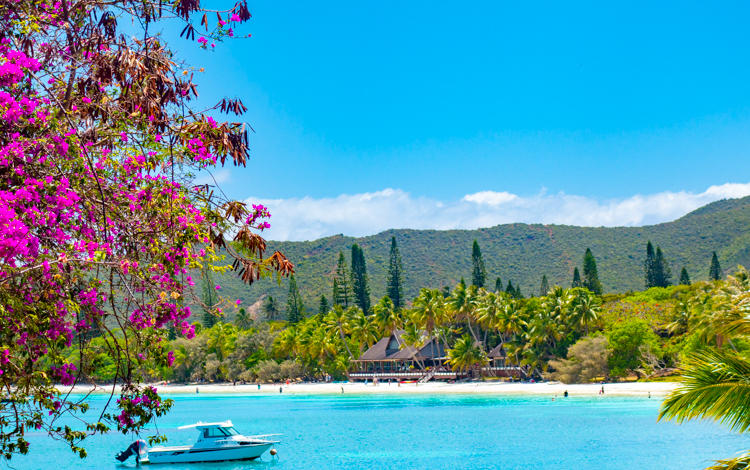
On December 10th we stopped at the Isle of Pines, New Caledonia, which is a French territory. They drive on the right side of the road and the local language and currency is French, although the culture is very much Melanesian. The Melanesians are big on hospitality.
The Isle of Pines is on the southern tip of New Caledonia. It is nicknamed “I’lle la plus proche du paradis” or the closest island to paradise. Captain James Cook supposedly named the Isle of Pines without ever stepping foot on its shores. He named it after seeing the tall native pines.
Besides walking around the bay, we took a two-hour tour bus and made three stops:
- St. Marice Bay Monument, which is a stone monument of Jesus, with coral rock designs and carved wooden fences that surround the monument.
- Vao Village and Vao’s Lady of Assumption Catholic Church, which has beautiful carvings in the interior of the church.
- Bagne Prison ruins is a prison and cemetery, built in 1818. Prisoners from Paris were sentenced to Bagne Colony and about 3,000 political deportees, who built the prison, are buried here.
Nouméa, New Caledonia
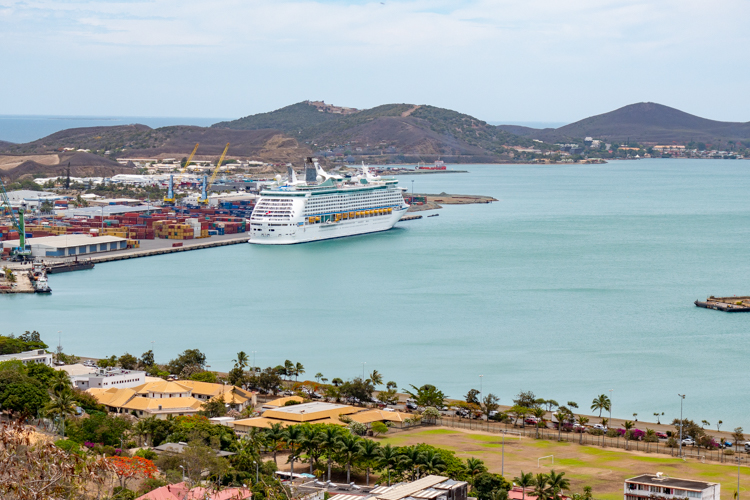
On Decemebr 11th, the ship docked at the Container Shipping Port and bussed people into Nouméa. We took what is called a Tchou Tchou train (on road, not rail) tour, which was an open air train seating people four across.
Nouméa is th capital of the French territory of New Caledonia. It’s home to the world’s largest lagoon and second largest coral reef. It’s also part French, part Melanesian.
Bay of Islands, New Zealand
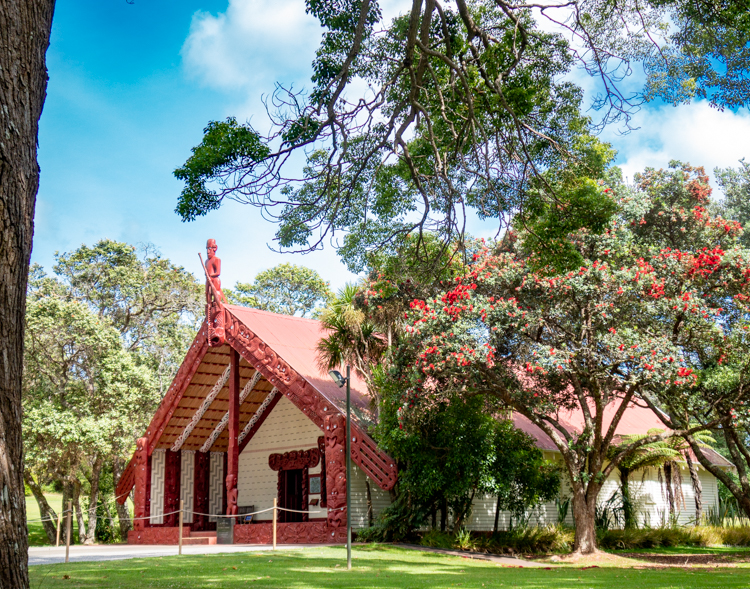
On December 14th we stopped at Bay of Islands. They drie on the left side of the road and have their own currency., New Zealand Dollars.
Polynesians had settled on the islands somewhere between 1250 and 1300 and developed a distinctive Maori culture. Although a Dutch explorer, Abel Tasman, became the first European to sight New Zealand, representatives of the British Crown and Maori Chiefs signed the Treaty of Waitangi in 1840, maing New Zealand a British Colony.
The Bay of Islands has some 150 isles, many still secluded, and a handful of coastal towns make up the Bay of Islands. Captain Cook gave the region its name in 1769. Waitangi is imbued in Maori myth and legends. Along with Kerikeri Arts and Crafts Trail, you can find unique greenstone carvings as well as artisan cheeses and chocolate.
We took the 4-hour Historic Treaty House and Pioneer Settlement tour. We visited the site where Maori Chiefs and the British Crown signed the historic Taitangi Treaty and toured the Mission House and Kemp House, New Zealands’ oldest stone building, and monument to the early trading era.
As we left the Bay of Islands, we passed the famous “Hole in the Rock”.
Auckland, New Zealand
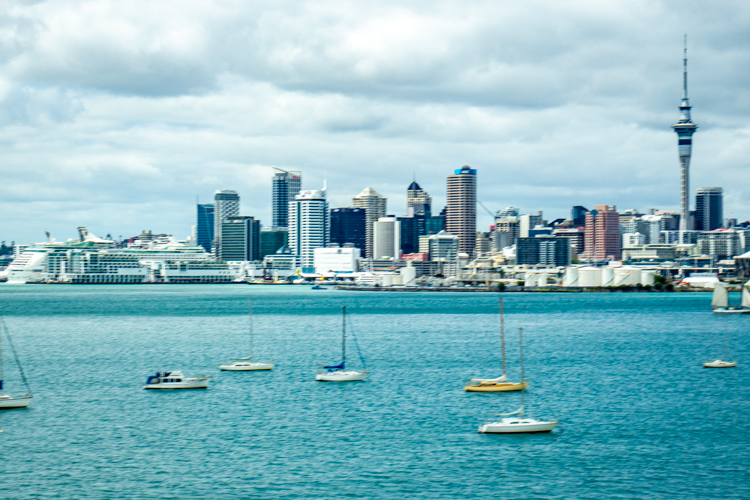
On Decemebr 15th we docked right downtown Auckland. The Maori first called their home, “Tamaki Makaurau”, a maiden with a hundred lovers. Auckland is nestled between two harbors. This fertile volcanic land was probably irresistible to the early European settlers. Auckland is New Zealand’s largest and fastest growing city and has sthe largest number of pleasure boats of any city in the world and is affectionately referred to as the “City of Sales”.
We took the 4 1/2 hour Auckland Town and Country Tour to rural countryside and tured Sheepworld and the enchanting Victorian Puhoi Pub.
At Sheepworld, we got a unique view of how sheep are herded, sorted and sheared. We witnessed the sheep dogs demontrating how to round up the herd. John even got to participate and fed a baby lamb. At Puhoi, we visited a historical pub and had afternoon tea and local brew.
We returned to Sidney on the 19th of December. Debarkation was uneventful, but with all our luggage we walked to the train terminal and rode the train to the airport.
The airport was crazy and our check-in was all the way at the end of the terminal, so lots of walking and waiting in lines. The computers were down for some reason, so the wait was unusually long. The flight home was uneventful.

